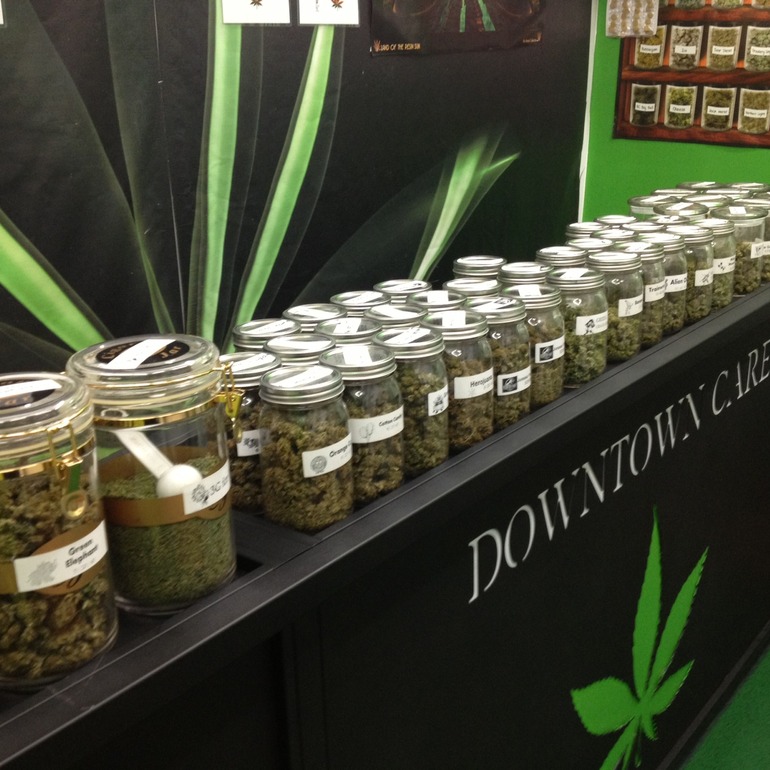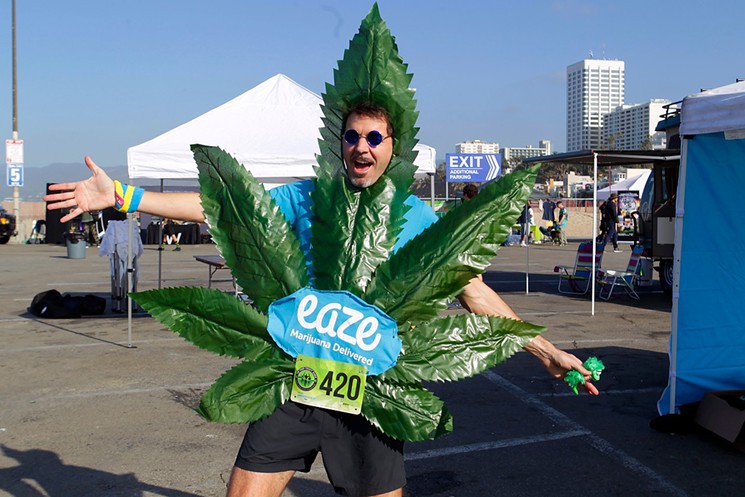
On April 28th the Bureau of Medical Cannabis Regulation (BMCR) released their proposed licensing regulations for California’s medical cannabis industry. The rules are lengthy, dense and conservative. But they set specific licensing and enforcement criteria for commercial cannabis businesses. So although these comprehensive rules might seem over-the-top, it’s a step in the right direction. The regulations are divided up into four segments: Patients and dispensaries, business owners, lab testing and cultivation. To make it easier for everyone, we’re summarizing the different sections in a series of four posts. This one will focus on patients and dispensaries. Please note that these rules only apply to the medical cannabis industry– not recreational.
That said, some of the proposed regulations are questionable at best. Luckily, the BMCR is allowing a 45-day public comment period where you can tell them why certain regulations won’t work, which ones will and aspects they missed. You can send your comments via email to bm***********@dc*.gov. Just be sure to look at these guidelines to make sure your comments are received. You can also attend a public hearing to provide your comments verbally. Hearing dates and times available on here. (Note the meeting in LA on June 8th). Regardless of how you present your comments, it’s just important that you do.
A lot of the people who make up the BMCR don’t know the first thing about running a cannabis business– like Lori Ajax, the newly appointed Chief of the BMCR who used to be the Chief Deputy Director at the California Department of Alcoholic Beverage Control (ABC) and admittedly doesn’t know much about the cannabis world– let alone how a properly functioning canna-business operates. Ajax spoke at a conference called “Understanding Cannabis: Medicine, Government and Society” two Fridays ago at UC Irvine and repeatedly urged the audience to send in their comments because she (ironically) lacks in understanding cannabis. So, it’s our duty as cannabis business owners, cultivators, scientists, writers, dispensary cannabis consultants, patients, lawyers, educators, etc. to speak up. You have until June 12th to send in your comments.
Regulations Effecting Patients and Dispensaries:
- Unless the jurisdiction specifies otherwise, the maximum legal hours for all dispensaries are 6am to 9pm. This would actually benefit the Measure BB dispensaries in Santa Ana considering they’re hours of operation are from 11am to 7pm.
2. Patients are not allowed to purchase more than a half an ounce per day, unless otherwise specified by a doctor. The doctor must state the specific amount a patient needs, and only then can a dispensary sell up to the amount specified by the physician.
3. The minimum age of a “purchasing patient” is 21-years-old. The rules then state that if you’re 18 or younger, you can only enter a licensed dispensary with a doctors recommendation and your parent, legal guardian or primary caregiver. But what if you’re between the ages of 18 ad 20? Like much of the cannabis industry, the regulations are grey. One can assume you’ll also have to have your parent, legal guardian or caregiver with you, but it’s not specified. The real problem with this age limit, however, is that veterans often come home from war before 21-years-of-age (and with severe trauma and ailments, like PTSD) and have to go with their parents to the dispensary in order to get medication. It shouldn’t be that way.
4. You will still need a doctors recommendation and a valid ID in order to enter a medical cannabis clinic.
5. Patients can still smell and inspect their cannabis prior to purchase in dispensaries (hallelujah!). At the end of that product sample’s life, the dispensary can’t sell it as a floor sample, but must destroy it as cannabis waste. Patients in Colorado and Washington don’t have this luxury.

6. All cannabis products must be in child-proof containers. Baggies are no longer allowed.
7. Free samples aren’t allowed, ever. This is particularly interesting because most dispensaries throw in little “gifts” or samples with your order while the transaction is going down. So does that mean this can’t happen anymore? And what about pharmaceutical companies– they hand out free samples of drugs all the time via physician. They can do it but dispensaries can’t? That seems odd.
8. DELIVERY WILL BE LEGAL. Finally! Drivers must be 21-years-old and employed by the dispensary. They must delivery to a physical address and are forbidden to leave California while en route. Delivered cannabis must be received by the patient in person, and must be signed for at the time of delivery. It can’t be left on the porch or handed over to a spouse or roommate. Deliveries can also only happen during the dispensary’s hours of operation (so from 6am-9pm).
9. Delivery drivers can’t make pit stops while en route to deliver meds or on the way back to the dispensary. The regulations specifically state that “While making deliveries … a delivery employee shall only travel from the licensed dispensary premises to the delivery address.” If caught making pit stops, it’s grounds for punishment not only with the dispensary but with the law, too.
10. There will be taxes. A lot of taxes. The increased cost of medical cannabis is said to cost a patient about $500 more per year due to the state regulations. Ouch. This is the kind of stuff that will keep the black market a float. Just sayin’. The regulations state that the higher costs for cannabis will result in safety and quality (they hope). Right now in the unregulated market, patients consume medicine without any assurance of dosage accuracy, potency, safety, or product quality. Whether we like it or not, if you buy cannabis from a dispensary it’s likely you’re smoking pesticide drenched weed, which is horrible. It’s not medicine, even if it does alleviate your symptoms. Also, who’s to say the 1:1 tincture you’re using actually has CBD and THC in it? Who’s to say the vape you’re smoking doesn’t have other, weird chemicals in it? In theory, that’s what the higher costs of meds are funding: clean, safe cannabis.


